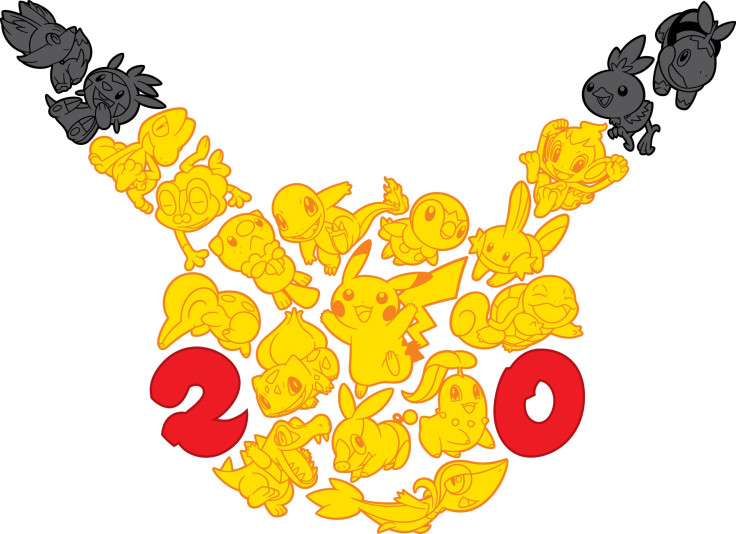‘Pokémon’ Economics 101: From Jobs To Currency, Everything Revolves Around These Creatures

The first “Pokémon” games, the Red and Green versions, were released in Japan Feb. 27, 1996. The games centered on Ash Ketchum’s quest to “catch them all,” meaning the fictional creatures called Pokémon. In this virtual world, these creatures are responsible for several industries. Players spend Pokédollars on Poké Balls, healing items, bicycles and special items to catch rare Pokémon. Through it all, the virtual economy revolves around these creatures.
At first, it appears there are only a few jobs available to those living in the virtual world. One could become a trainer, a scientist, a shopkeeper or a gym trainer. One also could become a researcher like Professor Oak. But there’s a lot more to it, according to ScrewAttack. For example, a place such as the Goldenrod Radio Tower has a host of employees, ranging from producers to technicians.
Manufacturing is also important in the “Pokémon” games, especially when it comes to the training industry, as A.V. Club reported. There are huge corporations creating Poké Balls, escape ropes, maps, potions and stat boosters. With its headquarters in Saffron City, the Silph Co. is responsible for the various Poké Balls, appliances, the Escape Rope, potions, the Silph Scope to view ghosts and Technical Machines (TMs) to teach Pokémon special moves. The company is also believed to own several Poké Marts.
The Devon Corp. is another company dedicated to manufacturing Poké items. The firm has a research arm that developed a technique to revive Pokémon such as Kabuto and Omanyte from fossils. “Pokémon generate clean energy and are used as a green transportation source, leaving their environment healthier,” Patrick Lee wrote for A.V. Club.
Pokémon also contribute to energy production, mining and transportation. In addition, cottage industries around Pokémon, including the construction of Safari Zones and day care centers, are integrated into the economy.
One of the most interesting aspects of the Pokécentric economy is the incredible adoption of advanced technology in every town in the virtual world. Pokémon Centers are found everywhere, with each location connected through an elaborate electronic network that can support the storage and trade of Pokémon digitally, as A.V. Club noted.
As great as Pokémon are for the economy, it’s likely people eat these animals. Using evidence provided by the related television show, Modern Farmer concluded these creatures are eaten. Farfetch’d were almost wiped out because of people hunting them for culinary purposes. Restaurants also serve Slowpoke Tail.
Pokémon are responsible for industry not only in the associated games but also in the real world. “In the case of ‘Pokémon,’ it started as a handheld game on the [Nintendo] Game Boy, and now [it has] its own parallel universe. It’s a virtual world where people have different ways of interacting with it,” said Edward Castronova, a professor of media at the University of Indiana at Bloomington.
During the past two decades, the original “Pokémon” games have spawned a collectible card series, films, television series and a whole lot of merchandise. Meanwhile, Nintendo is still counting on the games, with “Pokémon Moon” and “Pokémon Sun” set for holiday release in 2016.
© Copyright IBTimes 2025. All rights reserved.





















